Brighter Blooms Bradford Pear Tree
$79.99 Original price was: $79.99.$60.79Current price is: $60.79.
- Shop with confidence, we guarantee quality.
- 7 Days of Hassle-Free Returns
- Quality products for every lifestyle.
- 7-Day Returns, 100% Quality

Strong Growth and Signature, Iconic Blooms
Famous for its springtime blooms and signature silhouette, the Bradford Pear Tree is a true staple of the season. When the weather warms up in spring, the Bradford provides a blanket of white blooms that’s iconic…blooms that thrive through a variety of hard conditions.
In fact, the Bradford tolerates both pollution and drought. Hot temperatures and dry conditions are no problem for the Bradford Pear. Plus, it’s perfect for lining streets, driveways and beyond because it’s not affected by smog or car exhaust. Another perk? You can plant the Bradford in an array of soil types – and it still grows well, even in clay.
But the top perk? We’ve planted, grown and nurtured your Bradford Pear Tree for amazing results from day one. We’ve meticulously monitored our Bradfords for months in advance, long before your tree ships to your door. Now, our Bradfords have a strong root system and well-developed branching. You won’t get this personalized, high-quality experience from other nurseries or big box stores.
We’ve done the extra work…and now, you reap the rewards of strong, consistent and long-lived growth. Heighten any space with your own Bradford Pear Tree!
Planting & Care
1. Planting: Start by choosing an area with full sun for your Bradford Pear Tree…this means about 6 to 8 hours of sunlight per day. And any soil type will suffice, provided the soil is well-draining. To plant your Bradford Pear Tree, dig a hole deep enough to cover its root ball. After placing your tree, tamp down the soil while backfilling to avoid air pockets. Finally, water your Bradford to ensure the roots are settled.
2. Watering: Once the Bradford is established, it’s tolerant to drought; however, a consistent watering schedule is important the first few growing seasons. To test when and how much to water your Bradford Pear, check the top 2 to 3 inches of soil – if it’s dry, it’s time to water until the soil is moist but not oversaturated for best results.
3. Fertilizing: Fertilizer for your Bradford should not be necessary, unless you notice slower growth. But if you do fertilize, do so with a well-balanced blend before new growth begins in the spring.
4. Pruning: Prune your Bradford as needed during the winter months.
| Height | 3-4 ft., 4-5 ft., 5-6 ft., 6-7 ft. |
|---|
Be the first to review “Brighter Blooms Bradford Pear Tree” Cancel reply
Related products
Fruit Bearing Patio Plants
Apples Trees
By Color
Fruit Trees
Fig Trees


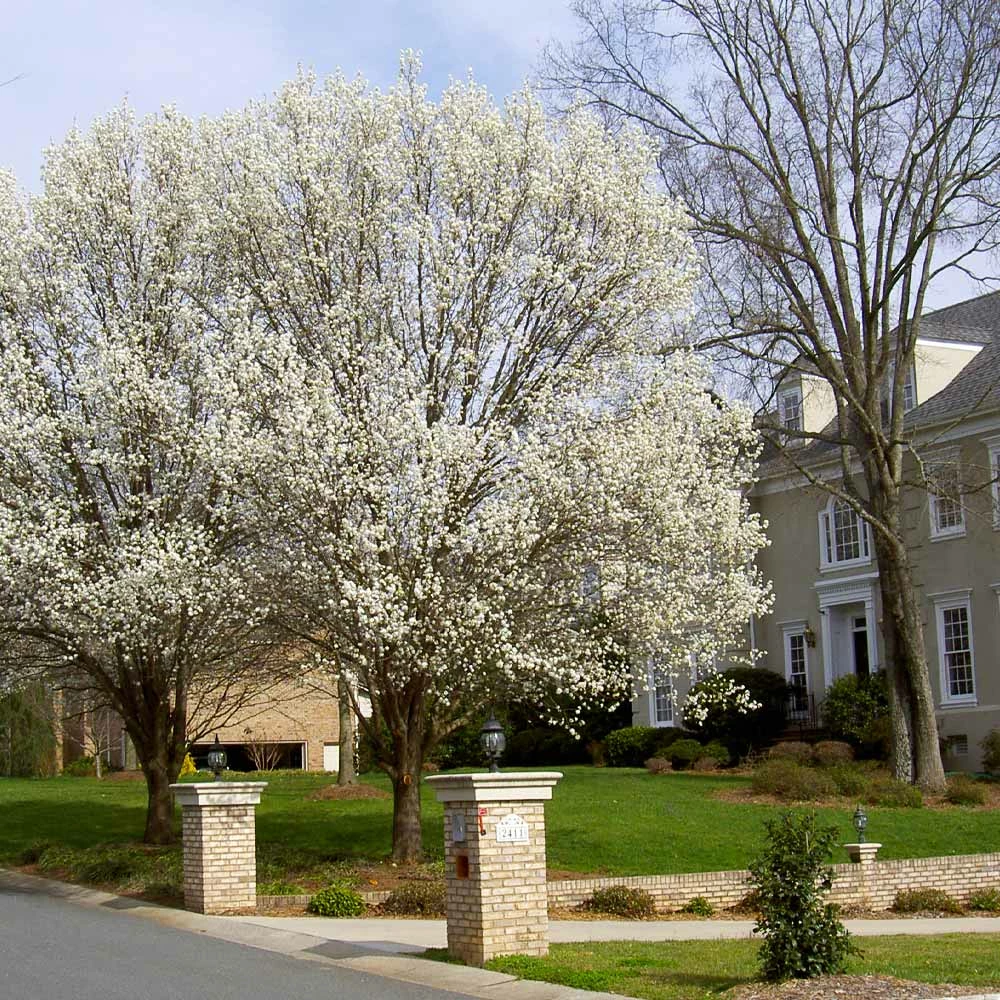
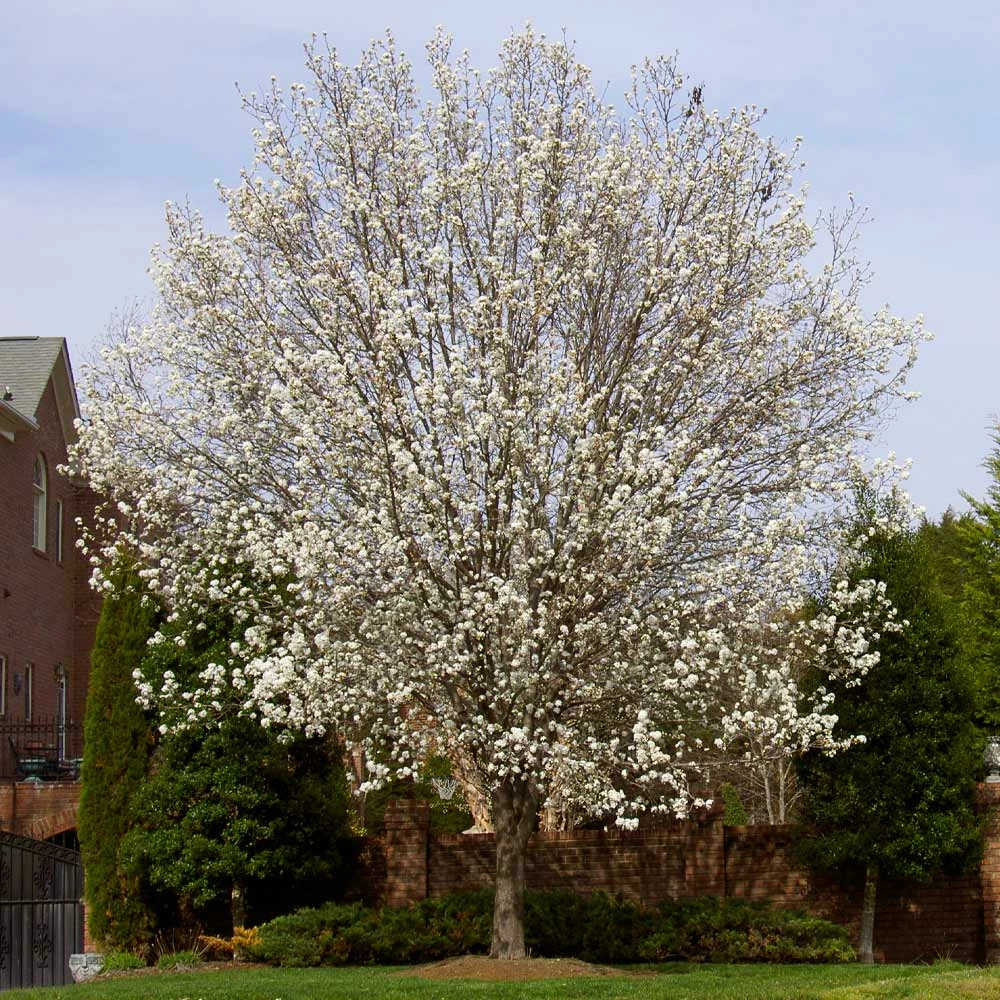

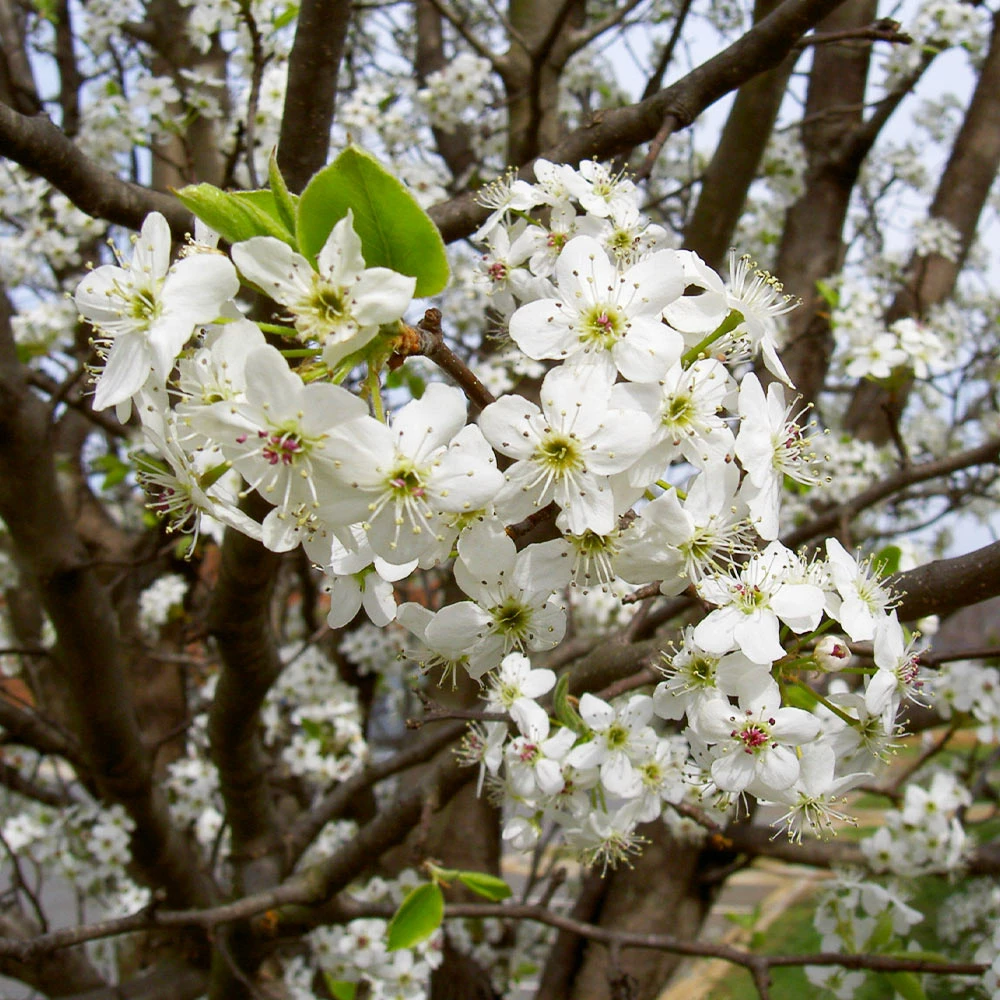



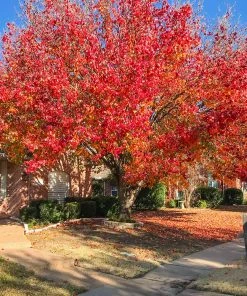

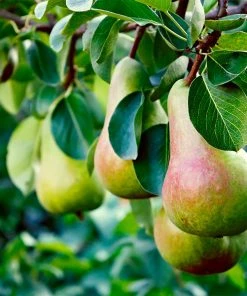
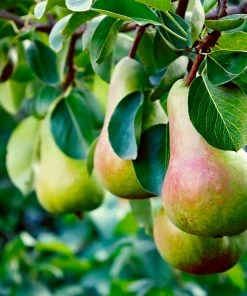




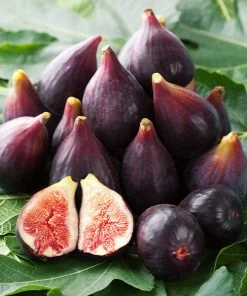



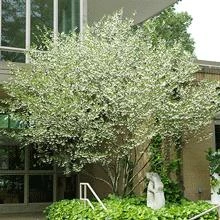
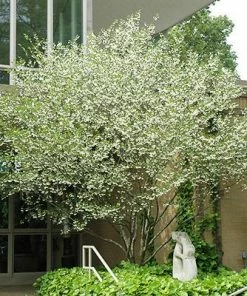




Reviews
There are no reviews yet.